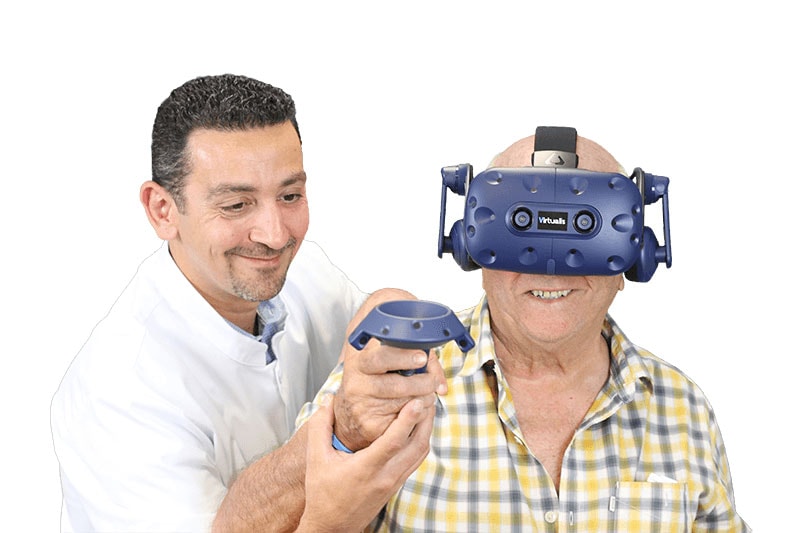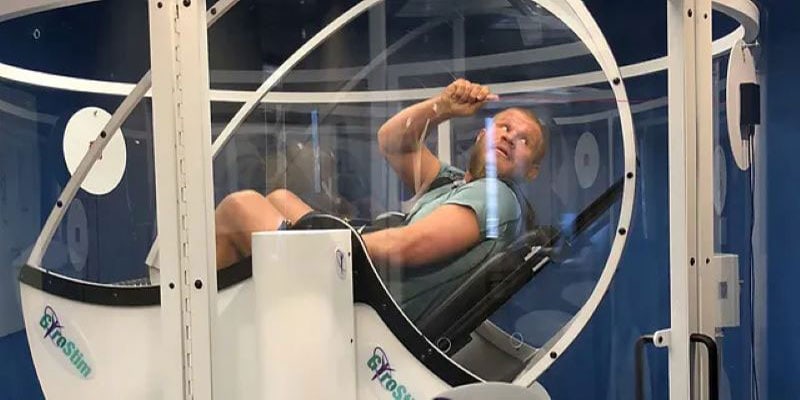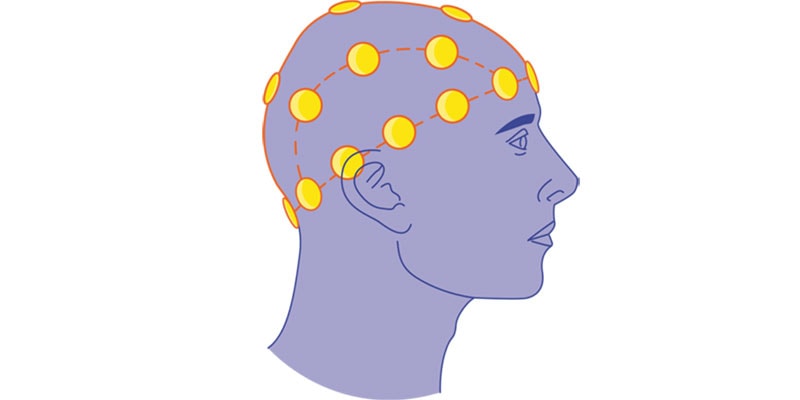Vestibular disorders can be debilitating, affecting one’s balance, spatial orientation, and even causing dizziness or vertigo. While traditional rehabilitation methods have been effective, the integration of virtual reality (VR) technology has marked a groundbreaking shift in the treatment landscape. Enter Virtualis, a cutting-edge therapeutic tool that harnesses the power of VR to enhance vestibular rehabilitation.
Understanding Vestibular Rehabilitation
Before delving into Virtualis, it’s essential to grasp the essence of vestibular rehabilitation. Vestibular rehabilitation aims to alleviate these symptoms and improve overall function through a targeted exercise program tailored to the individual’s specific needs. These exercises typically focus on promoting gaze stability, habituation, balance, and proprioception. By gradually exposing patients to controlled movements and challenging environments, vestibular rehabilitation helps desensitize the vestibular system, reduce symptoms, and enhance compensation mechanisms.
Understanding vestibular rehabilitation involves recognizing the intricate interplay between the vestibular system, visual inputs, and proprioceptive feedback in maintaining equilibrium. Therapists employ a multidisciplinary approach, incorporating techniques from physical therapy, occupational therapy, audiology, and now VR to address the complex nature of vestibular dysfunction comprehensively.
The Role of Virtualis in Vestibular Rehabilitation
Virtualis stands at the intersection of technology and healthcare, offering a dynamic approach to vestibular rehab. Through immersive VR experiences, patients engage in activities designed to stimulate and challenge their vestibular system. These experiences can replicate scenarios that trigger symptoms in a controlled environment, allowing patients to gradually adapt and overcome challenges.
Key Features and Benefits
- Customization: Virtualis allows therapists to tailor experiences to individual patient needs. Whether it’s adjusting difficulty levels or simulating specific environments, customization is integral to effective rehabilitation.
- Realistic Simulation: The immersive nature of VR in Virtualis creates a sense of presence in various scenarios, from navigating a busy street to standing atop a virtual skyscraper. These realistic simulations aid in desensitization and retraining the vestibular system.
- Progress Tracking: Virtualis comes equipped with monitoring tools that track patient progress. Therapists can analyze data to modify exercises and track improvements over time, ensuring a personalized and adaptive treatment plan.
- Engagement and Motivation: Traditional exercises may become monotonous, but Virtualis introduces an element of novelty and engagement. Patients are more likely to adhere to their rehabilitation regimen when immersed in stimulating VR environments.
Clinical Efficacy and Future Potential
Studies have shown promising results regarding the efficacy of Virtualis in vestibular rehabilitation. Patients reported reduced dizziness, improved balance, and increased confidence in performing daily activities after incorporating VR-based therapy into their treatment.
Furthermore, the potential for Virtualis extends beyond vestibular disorders. Its adaptable nature allows for application in various healthcare domains, such as physical therapy, stroke rehabilitation, and even cognitive interventions.
Redefining Vestibular Rehabilitation
Virtualis represents a paradigm shift in vestibular rehabilitation, offering a futuristic yet tangible solution to address the challenges posed by vestibular disorders. Its integration of immersive technology not only enhances therapeutic outcomes but also redefines the patient experience, fostering engagement, and motivation throughout the rehabilitation journey.
As technology continues to advance, Virtualis stands as a beacon of innovation in the realm of healthcare, promising a future where VR-based therapies revolutionize the way we approach and treat vestibular disorders, empowering patients to regain control and improve their quality of life.


